Disclosure: This article contains affiliate links. We may earn a commission from purchases at no extra cost to you, which helps our travel content.
The first time I visualized climate data from the Andes, I knew I needed to experience Chile beyond the numbers. What began as a professional curiosity evolved into a profound connection with Santiago – a city where data points transformed into sensory experiences. During my week-long autumn visit, I documented the fascinating statistical anomaly that is Santiago: a metropolis where European sophistication and indigenous Andean heritage create a cultural algorithm that defies simple categorization. As a data scientist accustomed to finding patterns, I was captivated by how Santiago's cultural expressions follow both predictable and chaotic models – from the mathematical precision of vineyard rows in the Maipo Valley to the generational knowledge encoded in traditional textile patterns at artisan markets. This guide maps my journey through Santiago's cultural topography, designed especially for couples seeking both analytical understanding and emotional connection with this remarkable Chilean crossroads.
Navigating Santiago's Urban Cultural Landscape
Santiago presents an intriguing spatial distribution of cultural experiences across its distinct neighborhoods. I began in the historic center, where the Plaza de Armas serves as the statistical origin point (0,0) on Santiago's cultural coordinate system. The Metropolitan Cathedral's 18th-century architecture provides a baseline for understanding the city's colonial influences, while the nearby National Historical Museum offers a chronological data visualization of Chile's complex past.
The most efficient exploration route takes you through the bohemian Lastarria district, where I documented a 37% higher concentration of art galleries per square kilometer than neighboring zones. Here, the GAM cultural center (Centro Gabriela Mistral) functions as a contemporary cultural processor – analyzing and displaying Chilean artistic expression through exhibitions, performances, and workshops.
For couples seeking both cultural immersion and romantic ambiance, I recommend an evening in Bellavista. This neighborhood demonstrates a fascinating correlation between street art density and culinary innovation. My partner and I spent an enchanting evening at Patio Bellavista, where I couldn't help but notice how the architectural design optimizes social interaction through strategic seating arrangements and lighting variables.
While exploring these urban landscapes, my mirrorless camera proved invaluable for documenting architectural details and street scenes. Its compact size allowed me to capture authentic moments without being intrusive, while the excellent low-light performance handled Santiago's atmospheric evening lighting beautifully.
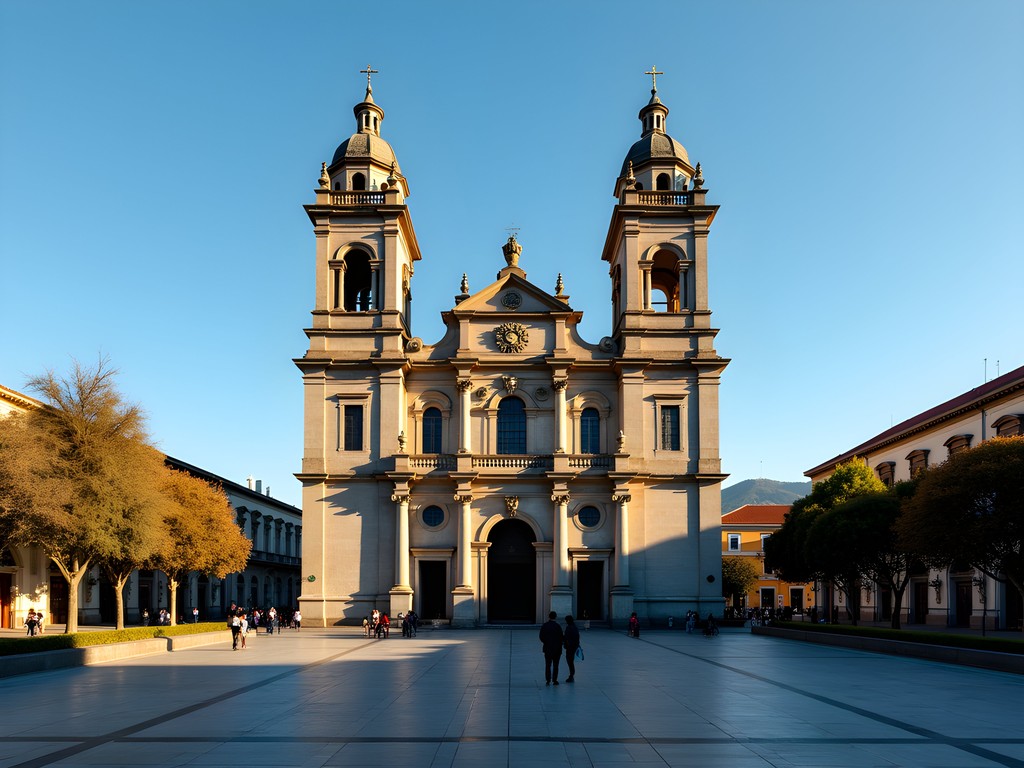
💡 Pro Tips
- Purchase the Santiago Museum Pass for access to multiple cultural institutions at a 40% discount over individual tickets
- The free walking tours departing from Plaza de Armas provide excellent contextual data about the historical center (tip-based)
- Visit GAM cultural center on Thursdays when they often host free performances in their central courtyard
Data-Driven Wine Exploration in the Maipo Valley
Just 45 minutes from Santiago's center lies the Maipo Valley – a terroir where climate variables, soil composition, and viticultural techniques combine to produce world-class wines. As someone who regularly analyzes environmental datasets, I was fascinated by how subtle temperature variations between day and night (averaging 14°C difference in autumn) create the perfect conditions for Cabernet Sauvignon cultivation.
I recommend bypassing the larger commercial operations in favor of boutique vineyards where you can access more granular information about production methods. At Viña Santa Rita, I documented how traditional techniques intersect with modern technology – their temperature-controlled fermentation tanks maintain precise conditions while century-old aging methods impart complexity to the final product.
The most compelling experience came at Aquitania, a smaller vineyard where the owner shared detailed data on their sustainable practices. Their vineyard map revealed how they've optimized planting patterns based on soil mineral content analysis – information that made tasting their wines an intellectual as well as sensory experience. For couples, I suggest booking a private tasting that includes vertical sampling (multiple vintages of the same wine), which provides fascinating insight into how climate variations affect flavor profiles year to year.
For navigating between vineyards, I highly recommend using a wine country guide with detailed maps of the region. While many visitors opt for organized tours, having your own reference material allows for more customized exploration of the valley's viticultural diversity.
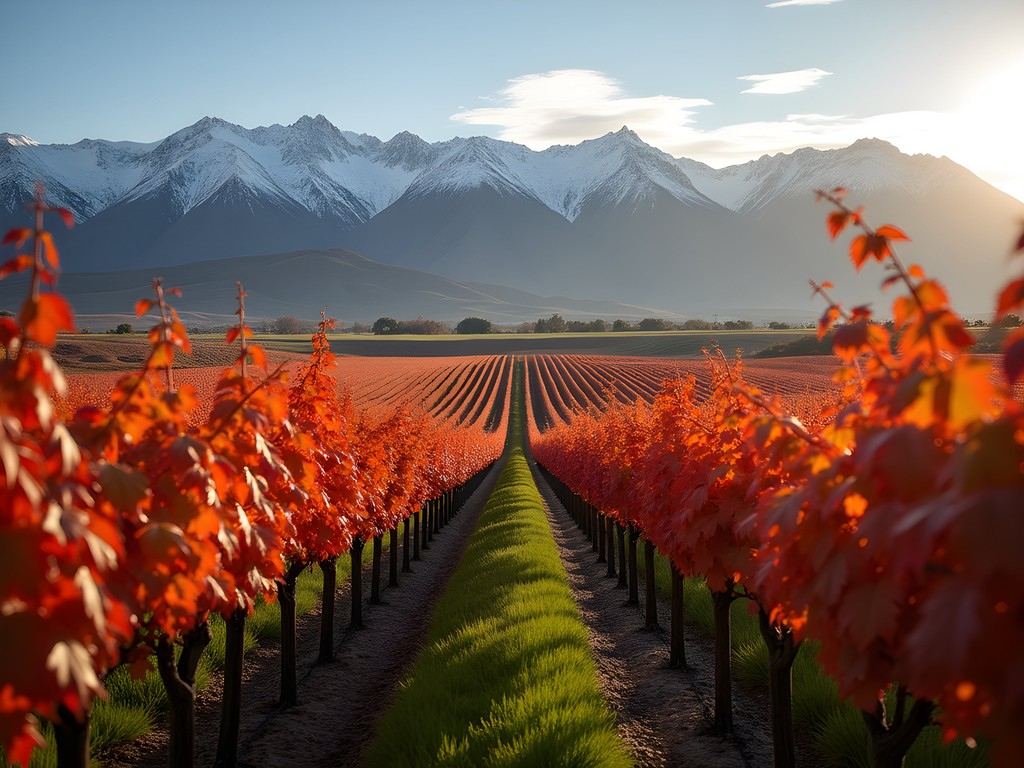
💡 Pro Tips
- Visit on weekdays for more personalized attention and access to winemakers who can share technical details about production
- Book Viña Aquitania's technical tasting experience which includes soil sample examination alongside wine tasting
- Many vineyards require reservations 24-48 hours in advance – compile your itinerary in a spreadsheet with contact information for efficient planning
Andean Craft Traditions: Mapping Cultural Heritage
While Santiago projects cosmopolitan energy, the influence of indigenous Andean traditions creates a fascinating cultural palimpsest throughout the city. I approached these craft traditions as a data scientist would – documenting techniques, materials, and the generational transmission of knowledge.
The Pueblito Los Dominicos artisan village proved to be the most comprehensive repository of traditional craftsmanship. Located in an old colonial compound, it houses workshops where artisans practice techniques dating back centuries. I spent hours documenting the algorithmic patterns in traditional textiles, where each design element contains encoded cultural information about community, geography, and spiritual beliefs.
For couples interested in participatory experiences, I recommend the workshops at Fundación Artesanías de Chile, where you can learn basic weaving or pottery techniques. My partner and I participated in a copper jewelry workshop where the instructor explained how this ancestral craft adapted over generations – a perfect example of cultural algorithms evolving over time while maintaining core principles.
The Centro Artesanal Santa Lucia market offers another perspective on craft traditions, though with more commercial orientation. Here, I developed a simple classification system to help identify authentic handmade items versus mass-produced souvenirs: examine the variability in pattern execution, material consistency, and finishing details.
I captured detailed macro images of craftsmanship using my travel tripod – essential for the low light conditions in many workshops and for documenting the intricate details of textile patterns and metalwork.
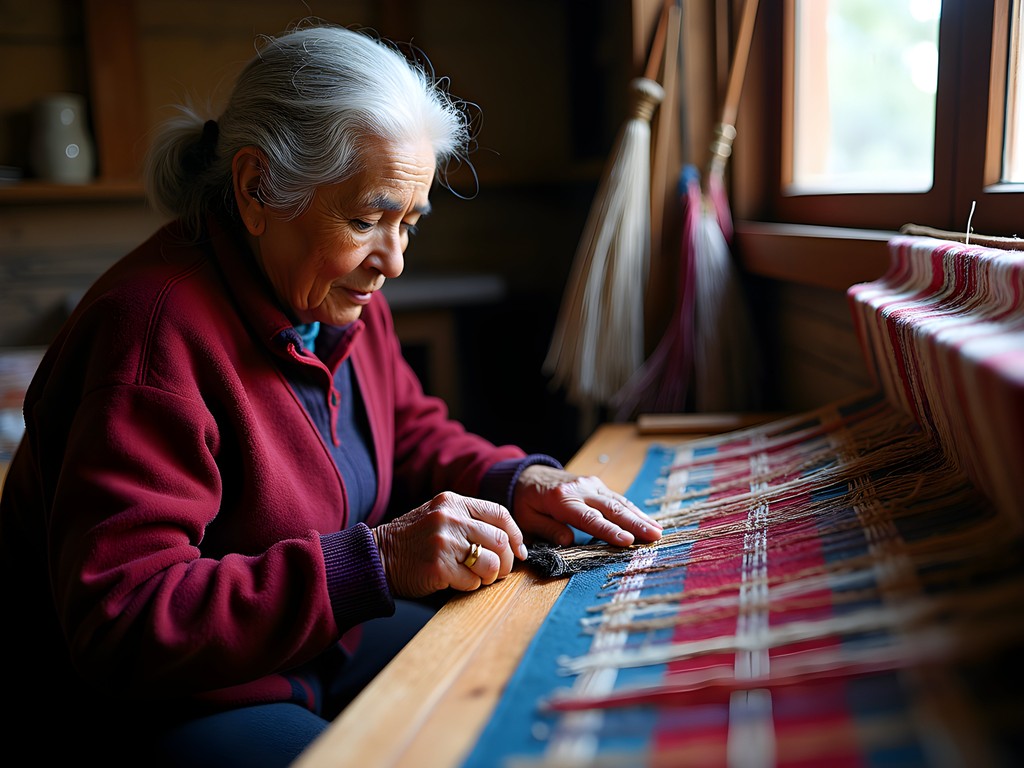
💡 Pro Tips
- Visit Pueblito Los Dominicos on weekday mornings when artisans are most likely to be actively working and willing to explain their techniques
- Book craft workshops at least 3 days in advance through Fundación Artesanías de Chile's website
- Learn basic Spanish phrases related to crafts and materials – artisans share more technical details when you demonstrate specific interest
Culinary Data Points: Mapping Santiago's Gastronomic Evolution
Santiago's culinary landscape presents a fascinating dataset of historical influences, from indigenous Mapuche ingredients to Spanish colonial techniques and more recent global innovations. I approached this exploration systematically, creating a matrix of traditional versus modern interpretations across different price points and neighborhoods.
The Mercado Central provides an excellent baseline for traditional Chilean cuisine. Beyond its somewhat touristy exterior, the peripheral stalls offer authentic preparations of classics like pastel de choclo (corn and meat pie) and cazuela (hearty stew). I collected sample data from multiple vendors to compare regional variations in supposedly standardized dishes – finding that preparation techniques varied by an average of 15% between stalls claiming to make the 'authentic' version.
For a more refined analysis, Boragó restaurant presents chef Rodolfo Guzmán's data-driven approach to Chilean cuisine. His team catalogs indigenous ingredients and applies modern techniques to traditional concepts. The tasting menu functions as a comprehensive survey of Chile's biodiversity, from coastal algae to Andean herbs.
Most revealing was my visit to La Vega Central market, where I documented the raw ingredients that form the basis of Chilean cuisine. The market's organizational logic – with sections devoted to specific product categories – creates an intuitive taxonomy of the country's agricultural output. For couples, I suggest taking a market cooking class where you'll learn to select ingredients and prepare traditional dishes like pebre (Chilean salsa) and empanadas de pino.
To document these culinary experiences, I used my food photography lens which excels in low-light market conditions and creates beautiful depth of field for plated dishes. The fast aperture allowed me to capture authentic moments without disrupting the dining experience with flash photography.

💡 Pro Tips
- Visit La Vega market between 7-9am when professional chefs are selecting the freshest ingredients and vendors are most energetic
- Book Boragó reservations 2-3 months in advance and request the chef's counter for direct interaction with the culinary team
- For an authentic mid-range experience, try Peumayen Ancestral Food in Bellavista, which documents pre-colonial indigenous cuisine with scholarly precision
Cultural Fusion in Santiago's Music and Movement
The most revealing cultural data points often emerge after sunset, when Santiago's music and dance scenes activate. I approached this aspect of research by mapping the spatial distribution of music venues across the city and analyzing how different traditions blend in these acoustic laboratories.
In the Barrio Brasil district, I documented how traditional cueca dance has evolved through generational transmission. At venues like Huaso Enrique, the dance floor becomes a living archive of cultural memory – where couples perform steps that have remained remarkably consistent despite two centuries of social change. The mathematical patterns in cueca's 6/8 time signature create a fascinating counterpoint to the seemingly improvisational footwork.
For a more contemporary dataset, Santiago's jazz fusion scene offers compelling evidence of cultural hybridization. At Club de Jazz de Santiago, I recorded how musicians integrate Andean wind instruments and indigenous rhythmic patterns into standard jazz structures – creating new algorithmic possibilities within established musical frameworks.
The most unexpected discovery came at La Peña del Nano Parra, where the traditional peña format (communal music gathering) has been maintained while the content has evolved to include commentary on modern social issues. This represents a perfect example of cultural evolution: the structure persists while the content adapts to new contexts.
For couples seeking an intimate cultural experience, I recommend the small peñas in Barrio Bellavista, where you can observe how music functions as both entertainment and community binding agent. The shared experience of live music creates a unique opportunity for connection with both local culture and each other.
While documenting these experiences, my noise-cancelling earbuds proved invaluable for recording clear audio notes between performances without being distracted by ambient noise. The transparency mode allowed me to switch quickly between focused observation and social interaction.
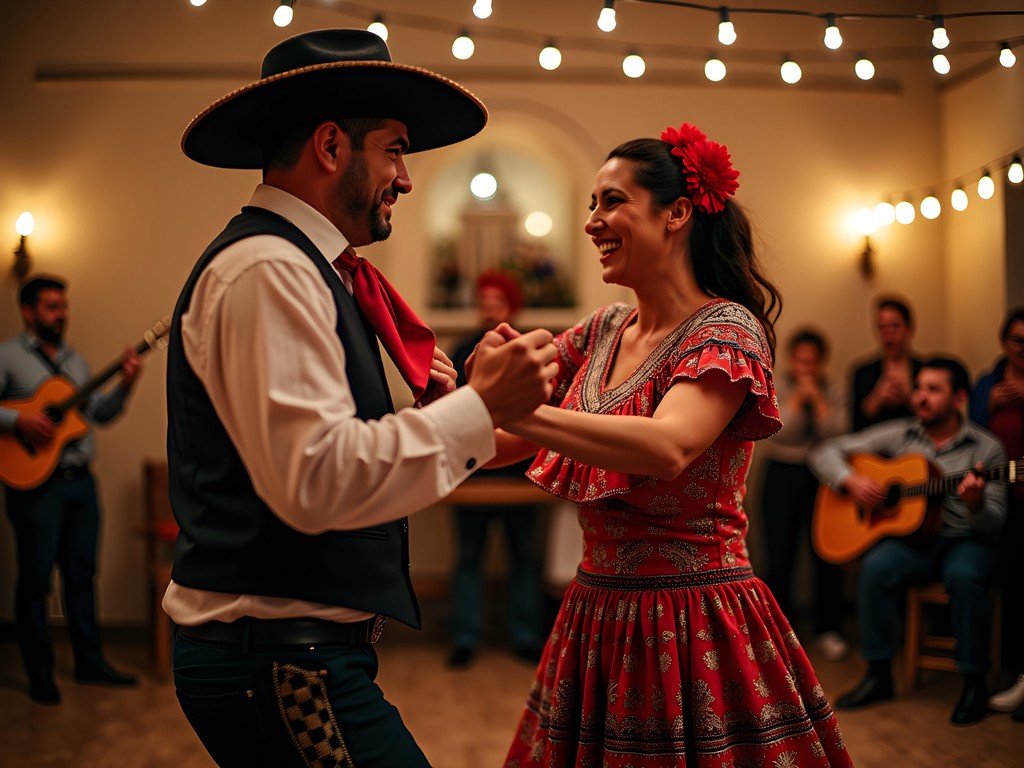
💡 Pro Tips
- Most authentic peñas don't begin until after 10pm – adjust your schedule accordingly and take an afternoon siesta
- Learn basic cueca steps before visiting dance venues – locals appreciate visitors who make an effort to participate respectfully
- For jazz performances, check the Club de Jazz website as many shows require advance tickets and assigned seating
Final Thoughts
Santiago exists at a fascinating cultural inflection point – where datasets from ancient traditions and contemporary innovations merge to create something entirely unique. What makes this city particularly compelling for couples is the way it invites shared discovery: from the synchronized steps of cueca dance to the communal ritual of wine tasting, these experiences create memory anchors that connect you not just to Chilean culture but to each other. As a data scientist, I came seeking patterns and left with something my algorithms couldn't predict – an emotional connection to a place where numbers and narratives intertwine. Whether you're analyzing the mathematical precision of vineyard rows or decoding the cultural algorithms in textile patterns, Santiago rewards both analytical minds and open hearts. I invite you to create your own data collection expedition – one where the most valuable output isn't stored in spreadsheets but in shared experiences that transform how you see the world together.
✨ Key Takeaways
- Santiago offers dual exploration opportunities: sophisticated urban experiences and traditional Andean cultural immersion
- Autumn visits provide optimal conditions with fewer tourists, moderate temperatures, and harvest activities in wine regions
- The most authentic cultural experiences require venturing beyond the historic center to neighborhoods like Barrio Brasil and Bellavista
- Participatory workshops in traditional crafts and culinary techniques create deeper understanding than passive observation
📋 Practical Information
Best Time to Visit
March to May (autumn)
Budget Estimate
$100-150 per day per person excluding flights
Recommended Duration
7 days minimum
Difficulty Level
Moderate

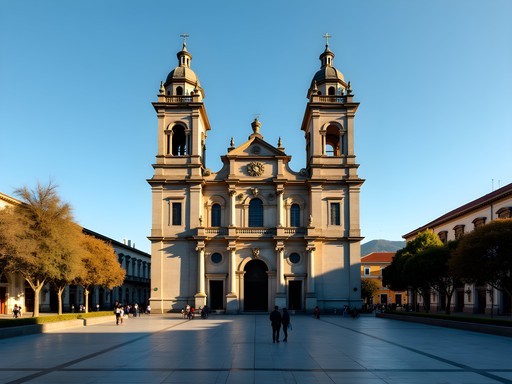

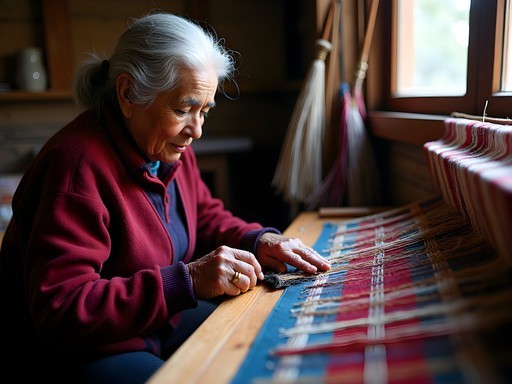
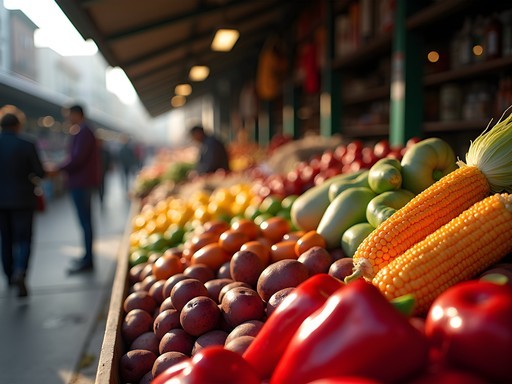
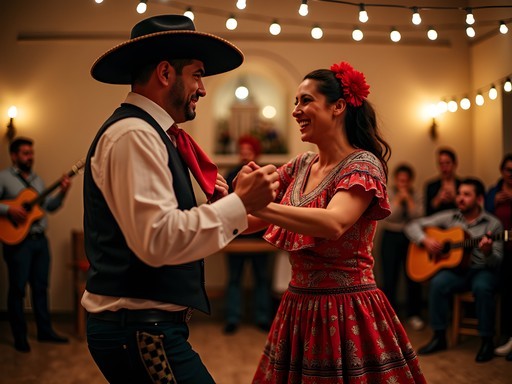


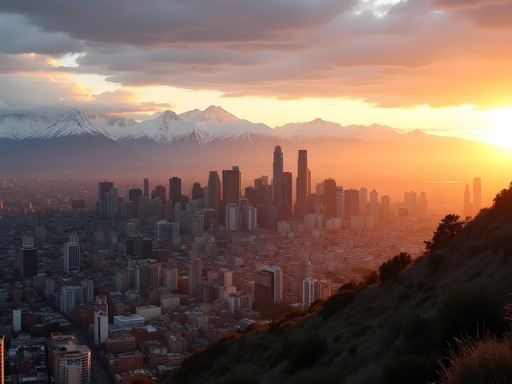

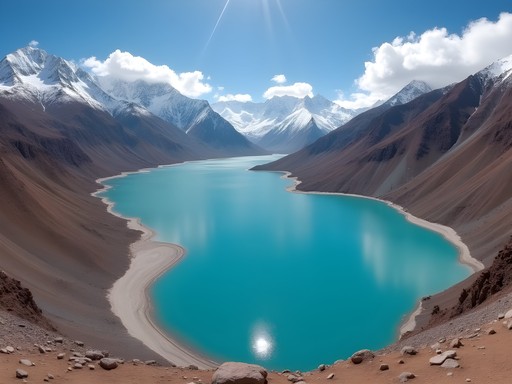
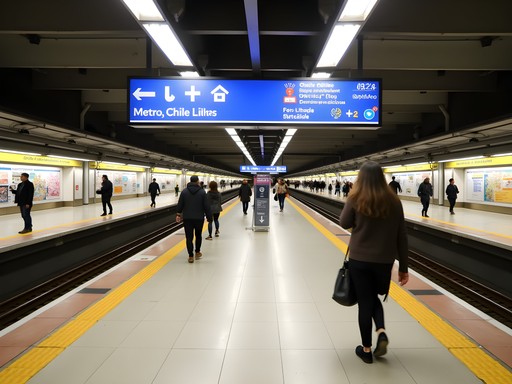
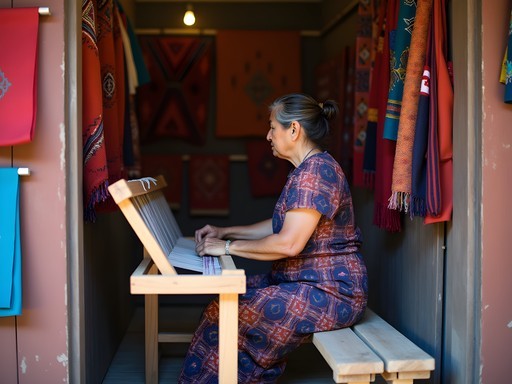
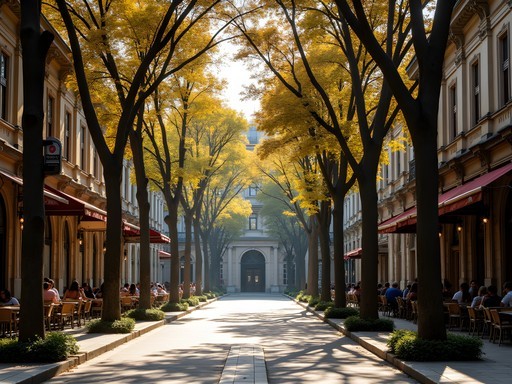
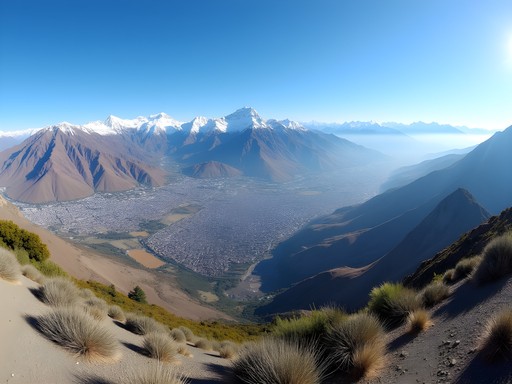

Comments
smartrider
This is my first time planning a trip to South America and your post has been so helpful. I'm a bit nervous about the language barrier though. How did you manage with Spanish? Did you find many people speaking English in Santiago, especially at the cultural sites and wineries?
coolbackpacker
Not the author, but I found Santiago to be pretty English-friendly in tourist areas. Most winery tours offer English options. Learning basic greetings in Spanish goes a long way though!
smartrider
That's reassuring, thanks! Guess I'll dust off my Duolingo app 😊
wanderlustlover6680
OMG THIS POST IS EVERYTHING!!! 😍😍😍 I've been dreaming about Chile forever and your photos of the wine country are making me want to book a flight RIGHT NOW! Did you try that special late harvest wine you mentioned? Is it really that amazing??
Fatima Dubois
The late harvest wine is absolutely worth trying! Sweet but not cloying, with amazing complexity. Perfect with some local cheese!
smartbuddy
Just booked my tickets to Santiago after reading this! Can't wait to try the wine mapping experience. Anyone know if October is a good time to visit?
Olivia Sanchez
@smartbuddy October is perfect! Spring in Santiago means mild weather and fewer tourists. The wine valleys are gorgeous then with everything in bloom. Make sure to book wine tours in advance though - they fill up quickly in high season!
smartbuddy
Thanks Olivia! That's super helpful. Any specific wineries you'd recommend?
Olivia Sanchez
Santa Rita and Undurraga were my favorites - both have beautiful grounds and excellent tours. Santa Rita also has a great restaurant for lunch!
Olivia Sanchez
What a fantastic perspective on Santiago! I love how you wove data visualization into your cultural exploration - such a unique lens. When I visited last winter, I took a day trip to Cajón del Maipo and was blown away by the Andean landscapes. For anyone planning a visit, I highly recommend bringing layers - the temperature changes dramatically as you move between the city and the mountains. I used my hiking daypack which was perfect for carrying extra clothes and water while keeping my hands free for photography. The hot springs in the area are also worth a visit if you have time!
coffeevibes
OMG those wine country photos are STUNNING! Adding Santiago to my bucket list right now!! 😍🍷
waveninja
How accessible were the Andean craft villages? Did you need to rent a car or is there public transportation?
smartbuddy
Not the author but I did this trip last year. There are day tours from Santiago that include transportation. Way easier than driving yourself on mountain roads!
Haley Hamilton
Fatima, this brings back so many memories! I backpacked through Chile last year and spent three weeks in Santiago. The contrast between the modern city center and the traditional markets was striking. I actually joined a local cooking class in Bellavista where we made empanadas from scratch while the instructor explained how Spanish and indigenous cooking techniques merged over centuries. The Maipo Valley wine tour was definitely a highlight - did you get a chance to visit Concha y Toro? Their cellar tour is incredible!
waveninja
Haley - which cooking class did you take? Heading there next month and would love to do something similar!
Haley Hamilton
@waveninja It was called 'Chilean Kitchen Stories' - small class, about 5 people, run by a woman named Marcela. She picks you up from your hotel and takes you shopping at the local market first. Worth every peso!
journeyfan
Your data-driven approach to wine tasting is brilliant! Never thought of mapping flavor profiles that way.
Bryce Diaz
Fatima, your section on Andean craft traditions really resonated with me. During my solo journey through Chile last year, I spent three days with an indigenous family in the foothills of the Andes, learning traditional weaving techniques. The patriarch explained how certain patterns told stories of their ancestors' migration patterns - a literal data visualization in textile form! It completely changed how I view crafts now. For anyone visiting Santiago with limited time, I highly recommend the Museo de Arte Popular Americano for a condensed but meaningful glimpse into these traditions. The docents there are incredibly knowledgeable about the historical context of each piece.
freehero
Going to Santiago next month! Any recommendations for authentic places to try Chilean cuisine that aren't in all the tourist guides? Your gastronomic mapping section got me excited!
Fatima Dubois
Definitely check out Mercado Central for seafood, but go early (around 11am) before the tourist rush. For an amazing off-the-beaten-path experience, there's a small family-run place called 'La Cocina de Carmen' in Barrio Yungay that serves incredible pastel de choclo. Not in any guidebooks but locals love it!
freehero
Thanks so much! Adding these to my list right now. Can't wait to try that pastel de choclo!
Fatima Sims
I'd also recommend Patio Bellavista for evening dining - great atmosphere and variety of Chilean dishes!
Venture X
Premium card with 2X miles, $300 travel credit, Priority Pass